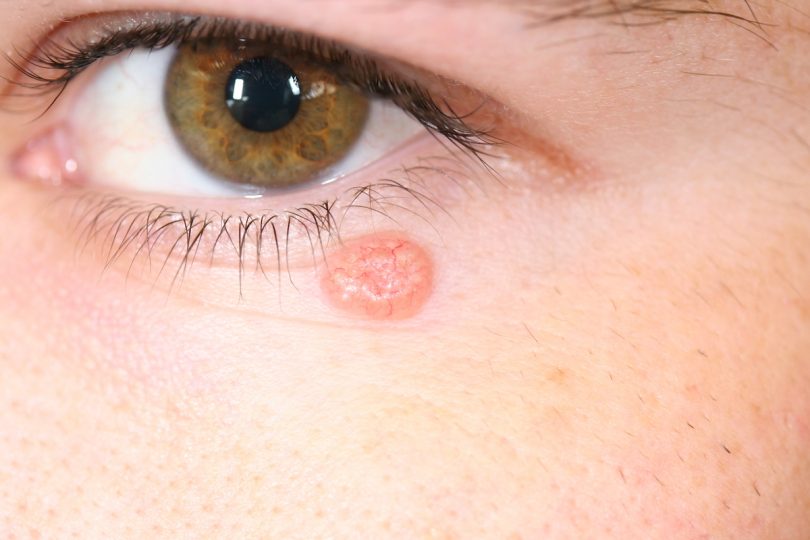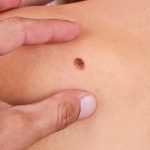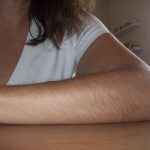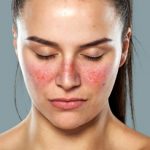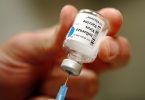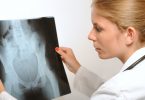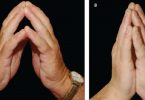Non-melanoma skin cancer is a type of cancer that starts in the cells on the skin, the body’s largest organ. There are two type of non-melanoma skin cancer – basal cell carcinoma (BCC) and squamous cell carcinoma (SCC). This type of cancer affects more than 3.3 million Americans annually. As with melanoma, non-melanoma skin cancer is caused by exposure to UV rays, and is most often found in the parts of the body that come into the most contact with the sun such as the head, face, shoulders, arms and back.
The skin cancer foundation reports that 40% to 50% of Americans ages 65 and older will have had non-melanoma skin cancer at some point in their lives.
As with all cancers, prevention and early intervention are ones best course of action. Fortunately the signs and symptoms of non-melanoma skin cancer can be visibly seen on the body, so early intervention is 100% possible as long as you know what to look for.
Basal Cell Carcinoma (BCC)
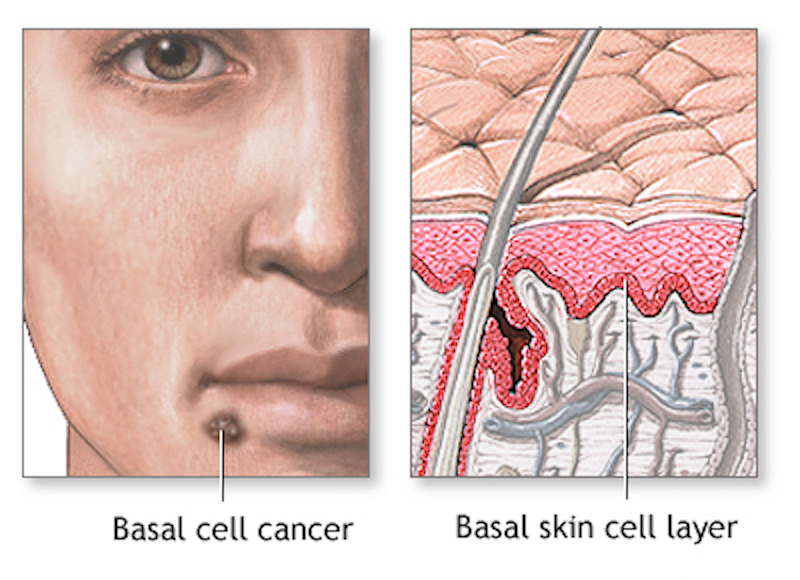
In most cases, non-melanoma skin cancer starts in basal cells found in the epidermis – the top layer of the skin. This type of cancer is called basal cell carcinoma and accounts for 75 to 80 percent of all skin cancers.
Irritated Patches of Skin
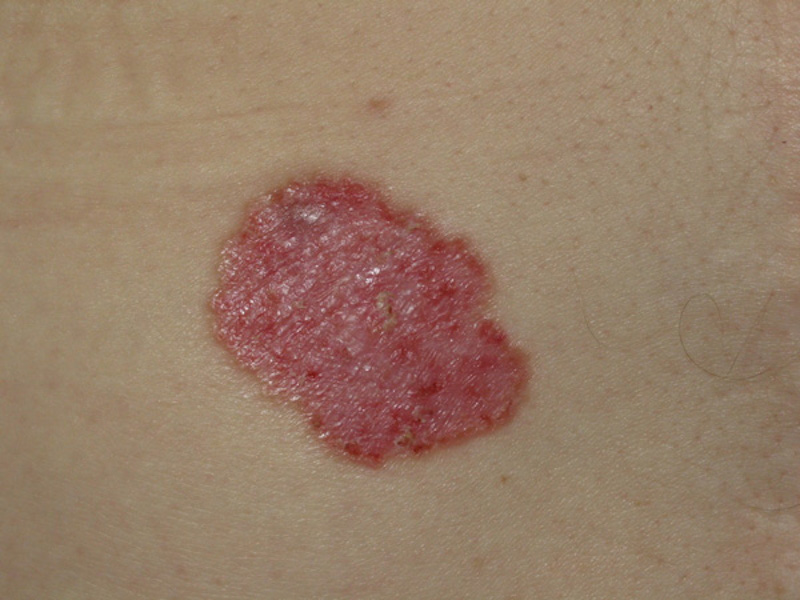
A common early sign of basal skin carcinoma is a persistent sore that refuses to heal and will often bleed, ooze or crust. This sore remains open for a few weeks, heals, and then will bleed again.
In addition, as more than one symptom may be present, a person might experience a reddish patch of irritated skin that may crust, causing pain and itching. These patches are most often found on the face, chest, shoulders, arms or legs.
More from Things Health
-
Types Of Skin Cancer
Skin cancer happens when skin cells are damaged, for instance, by overexposure to ultraviolet rays from the sun. Melanoma - the most dangerous type of…
-
Symptoms Of Ovarian Cancer
Ovarian cancer is often referred to as a quiet disease as it usually isn't discovered until it is in the advanced phases. In nearly all…
-
Visual Signs of Poor Health That You Probably Ignore (But Shouldn't)
We often think that being diagnosed with an illness such as diabetes, heart disease, stroke or cancer as something that happens out of the blue.…
-
10 Early Signs of Lupus
Lupus is categorized as an autoimmune disease wherein the immune system turns upon itself and attacks various parts of its body, including the joints, the…
-
Types Of Skin Cancer
Skin cancer happens when skin cells are damaged, for instance, by overexposure to ultraviolet rays from the sun. Melanoma - the most dangerous type of…

